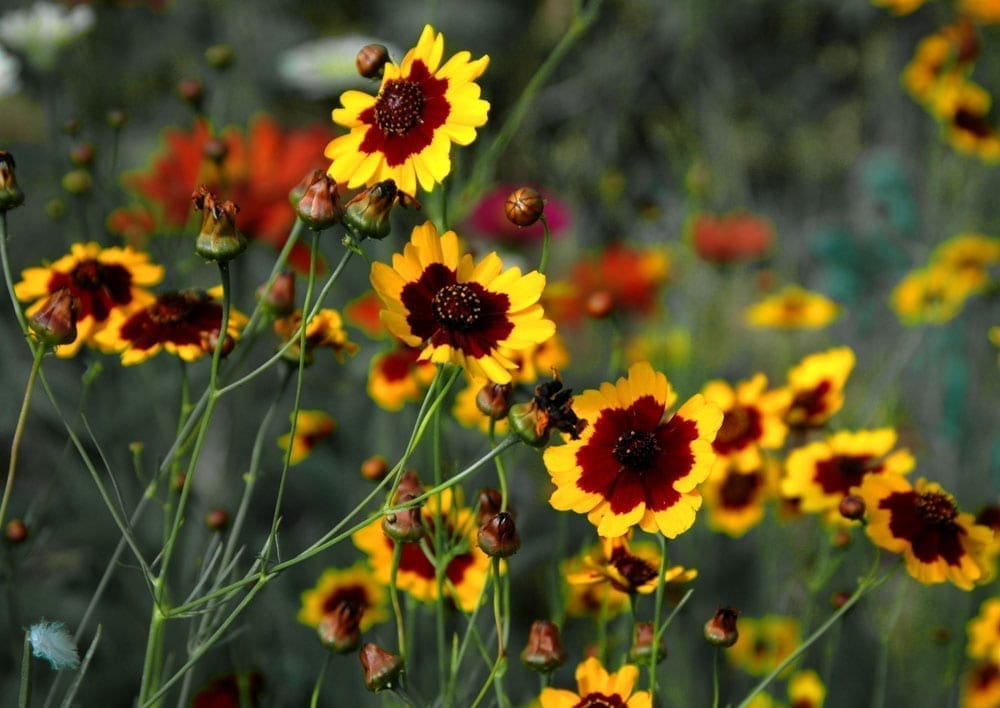Wildflower Scavenger Hunt
They say that where flowers bloom, so does hope, and here at Stephens Valley…we can 100% attest to that statement. But have you ever wondered exactly what you’re looking at? Below, we’ve listed the eight most common wildflowers found in Tennessee and our question is…can you find any of them in your neck of the woods? Take your kiddos (or yourself) on a walk to see if you can spot all eight near you!
Coreopsis tinctoria
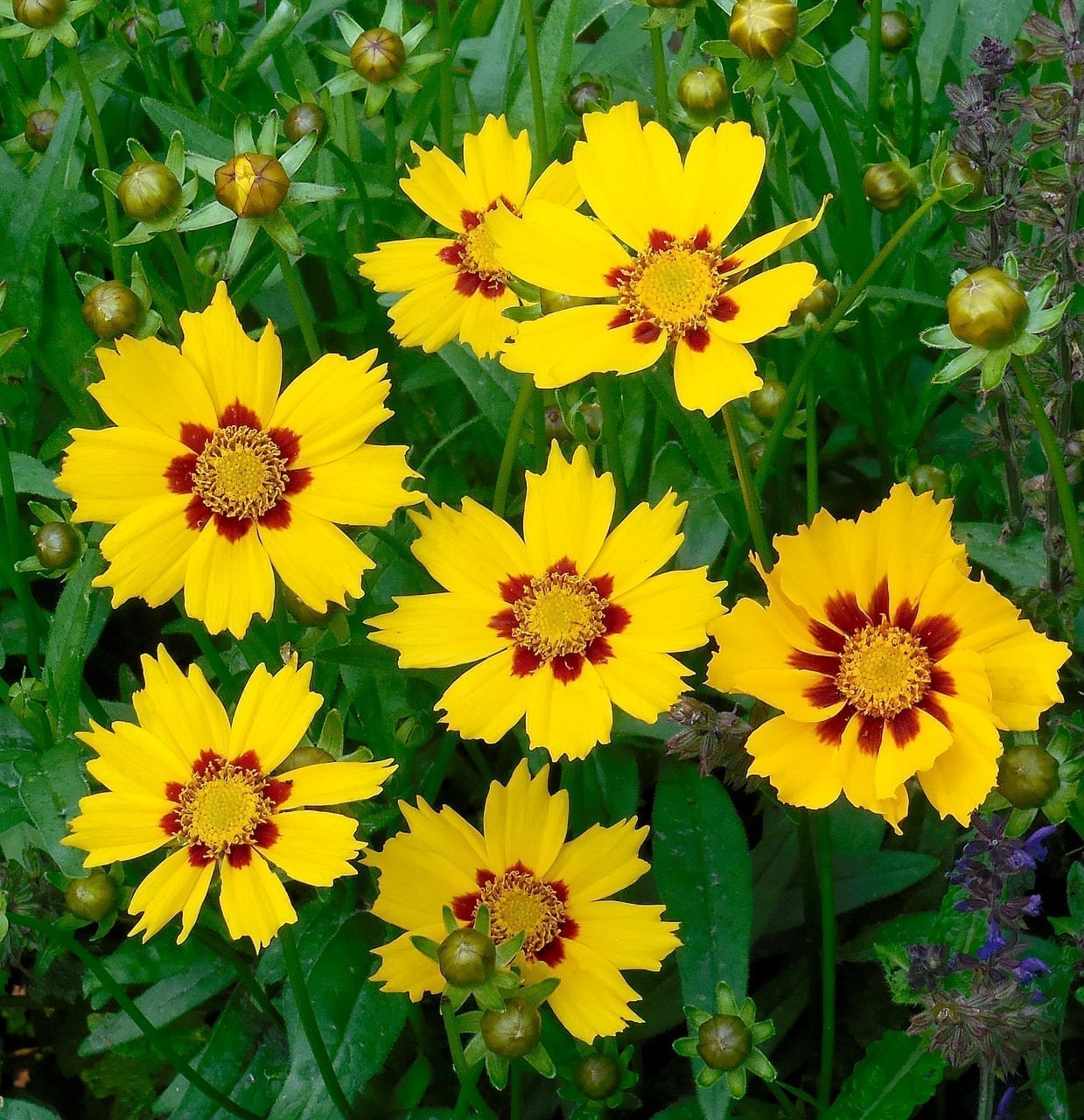 Also known as Plains coreopsis, garden tickseed, golden tickseed, or calliopsis, coreopsis tinctoria is a gorgeous brilliant yellow flower with maroon or brown disc florets of varying sizes. It grows very quickly and was used by the Zuni tribe of Native Americans to make red yarn dye and a hot beverage (before coffee was introduced to them by traders).
Also known as Plains coreopsis, garden tickseed, golden tickseed, or calliopsis, coreopsis tinctoria is a gorgeous brilliant yellow flower with maroon or brown disc florets of varying sizes. It grows very quickly and was used by the Zuni tribe of Native Americans to make red yarn dye and a hot beverage (before coffee was introduced to them by traders).
Gaillardia pulchella
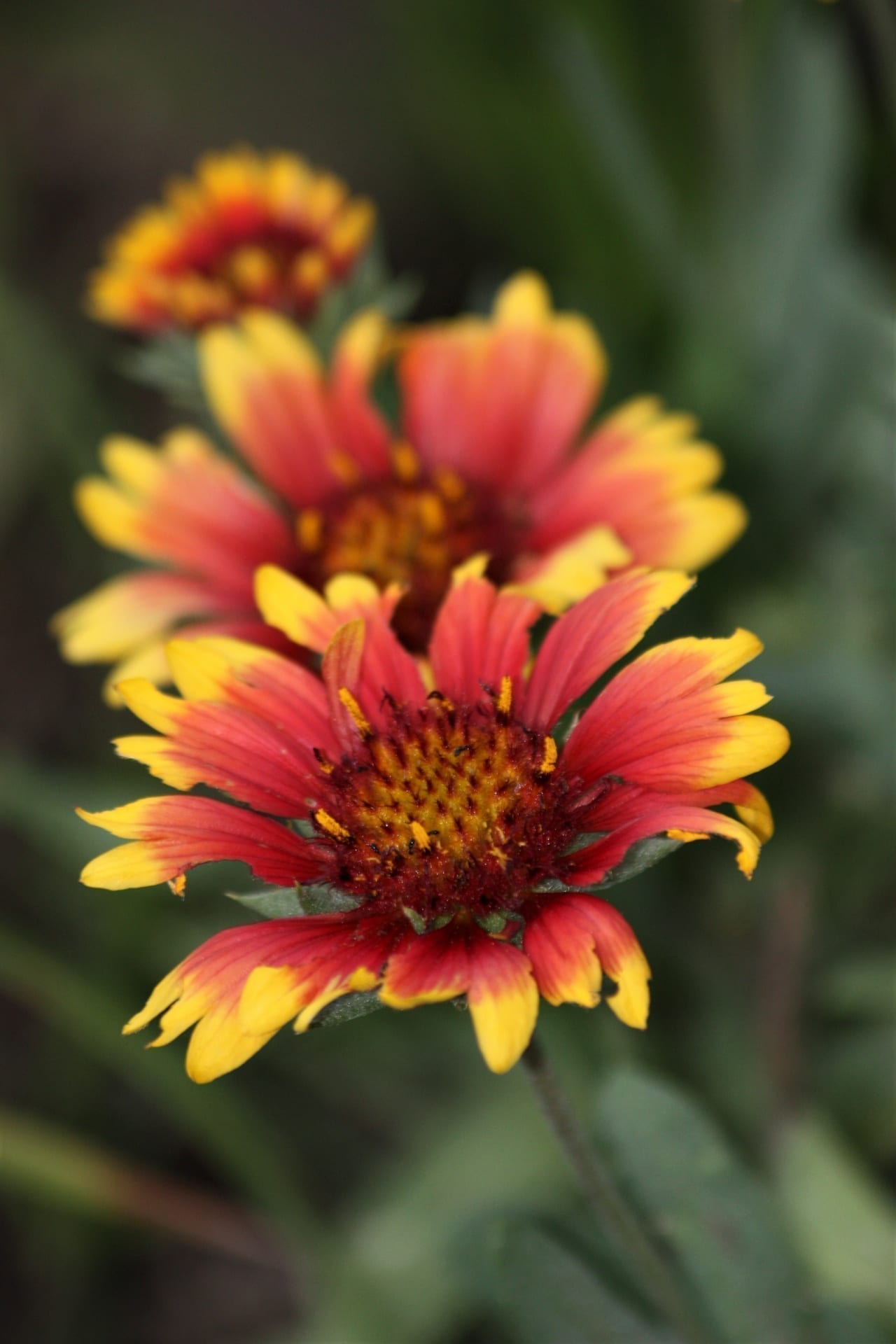
These pinwheel, daisy-like flowers are vividly colored with red, yellow, and orange blooms and also have a hairy stem. Honeybees love them because they produce a dark, reddish, amber, and especially buttery-tasting honey.
Monarda citriodora
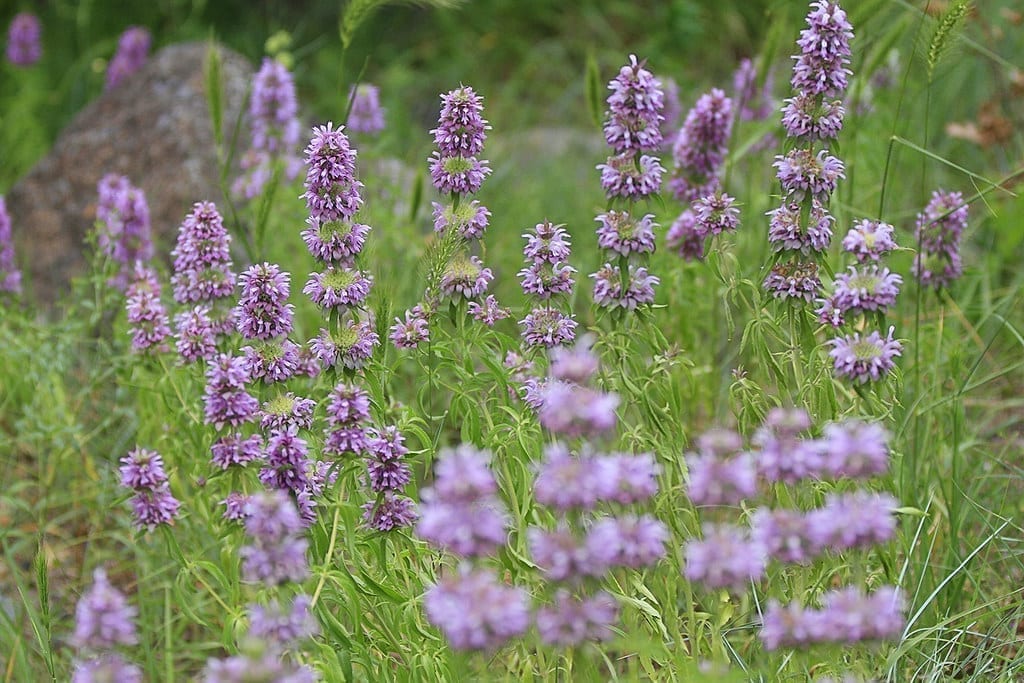 Monarda citriodora, or lemon mint, are a favorite of butterflies, bees, and hummingbirds because they give off a lemon smell, especially when its leaves are crushed. Though these purple flowers smell like lemons, they look a lot more like oregano if you ask us!
Monarda citriodora, or lemon mint, are a favorite of butterflies, bees, and hummingbirds because they give off a lemon smell, especially when its leaves are crushed. Though these purple flowers smell like lemons, they look a lot more like oregano if you ask us!
Rudbeckia hirta
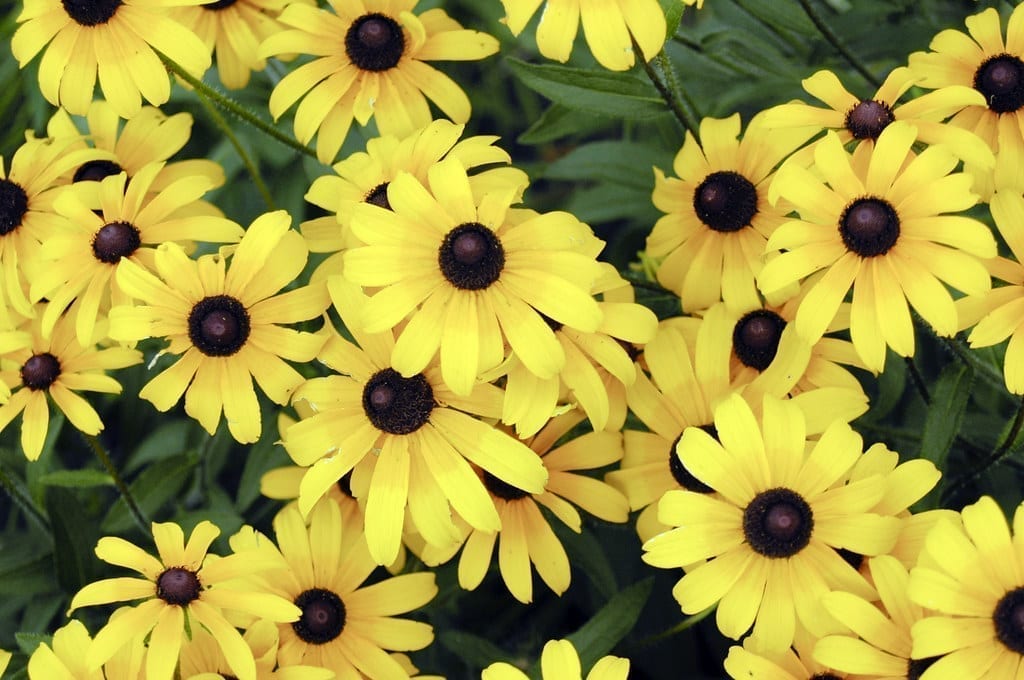 This cheerful flower is more commonly known as a black-eyed susan, all because of a famous poem by John Gay. In the poem, a man named William is parting with his lady love, promising to be safe and true as he heads off to the high seas. No wonder it’s often considered America’s favorite wildflower!
This cheerful flower is more commonly known as a black-eyed susan, all because of a famous poem by John Gay. In the poem, a man named William is parting with his lady love, promising to be safe and true as he heads off to the high seas. No wonder it’s often considered America’s favorite wildflower!
Echinacea purpurea
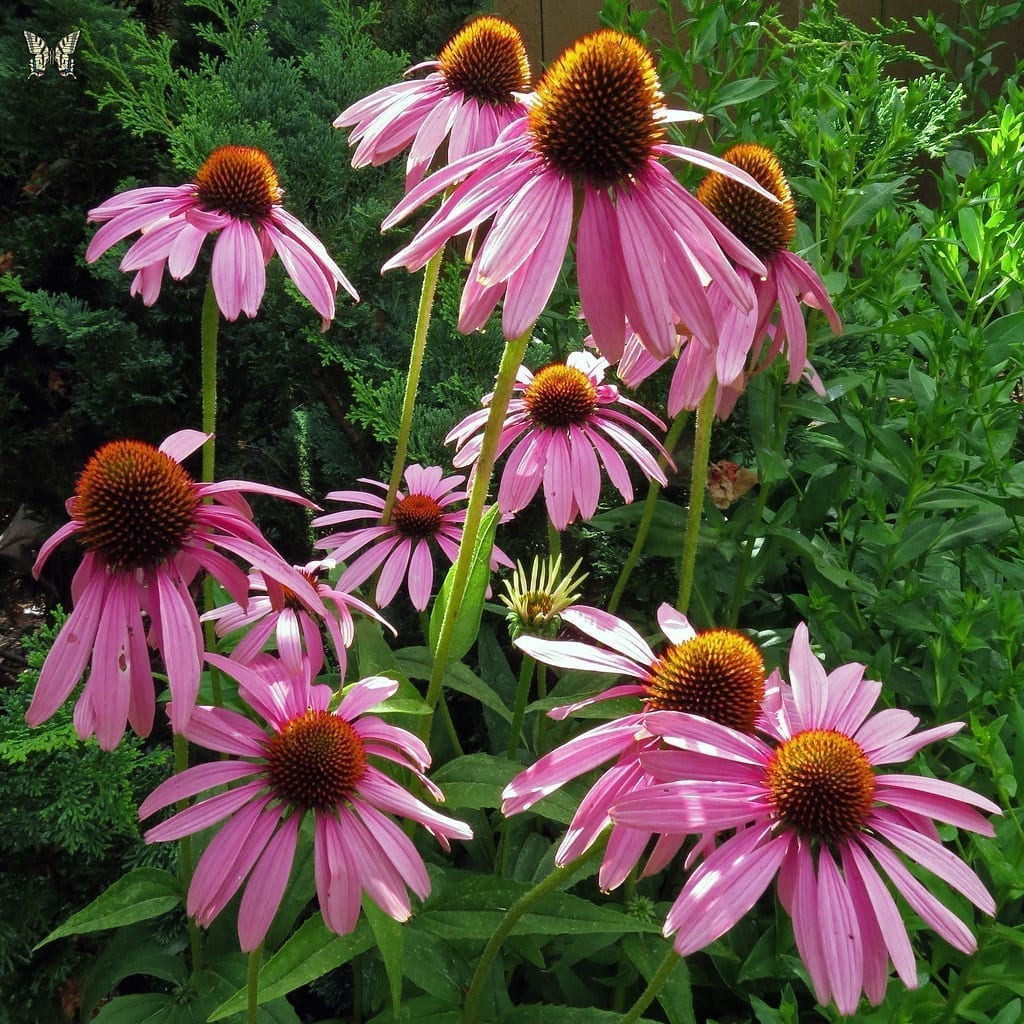 A close relative to the sunflower, echinacea purpurea actually gets its name from the Greek word meaning “spiny one,” which believe it or not is a reference to sea urchins. We have trouble seeing the resemblance to a sea creature…do you?
A close relative to the sunflower, echinacea purpurea actually gets its name from the Greek word meaning “spiny one,” which believe it or not is a reference to sea urchins. We have trouble seeing the resemblance to a sea creature…do you?
Liatris punctata
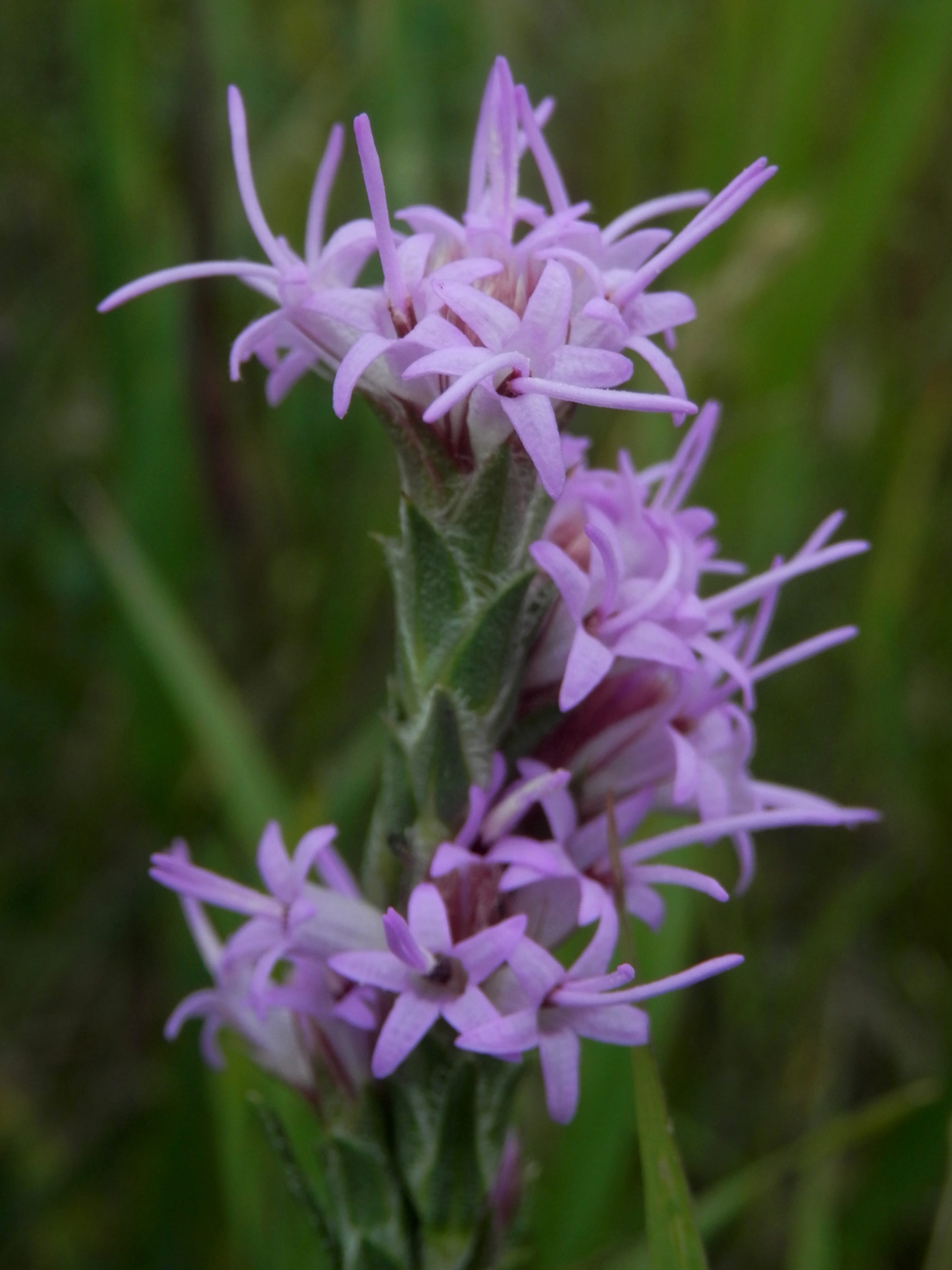 This flower grows in clusters and is more commonly known as a dotted blazing star. In addition to butterflies, elk, white-tailed deer, and pronghorn find this purple flower particularly delicious as well.
This flower grows in clusters and is more commonly known as a dotted blazing star. In addition to butterflies, elk, white-tailed deer, and pronghorn find this purple flower particularly delicious as well.
Monarda didyma
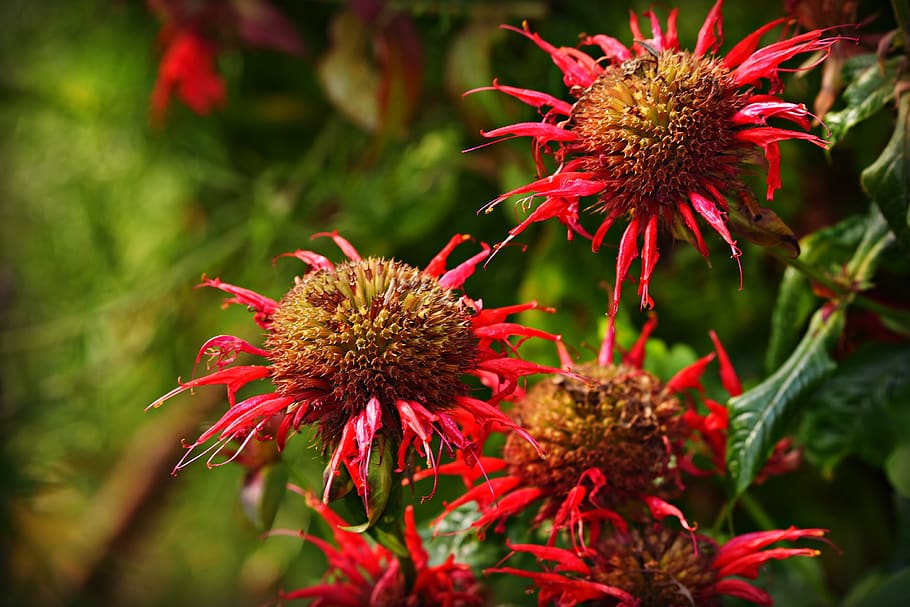
Also known as Scarlet beebalm or bergamot, monarda didyma is an aromatic herb that gives off a smell similar to that of a bergamot orange —which is used to flavor Earl Grey tea. Bergamot is also a common and popular essential oil.
Asclepias tuberosa
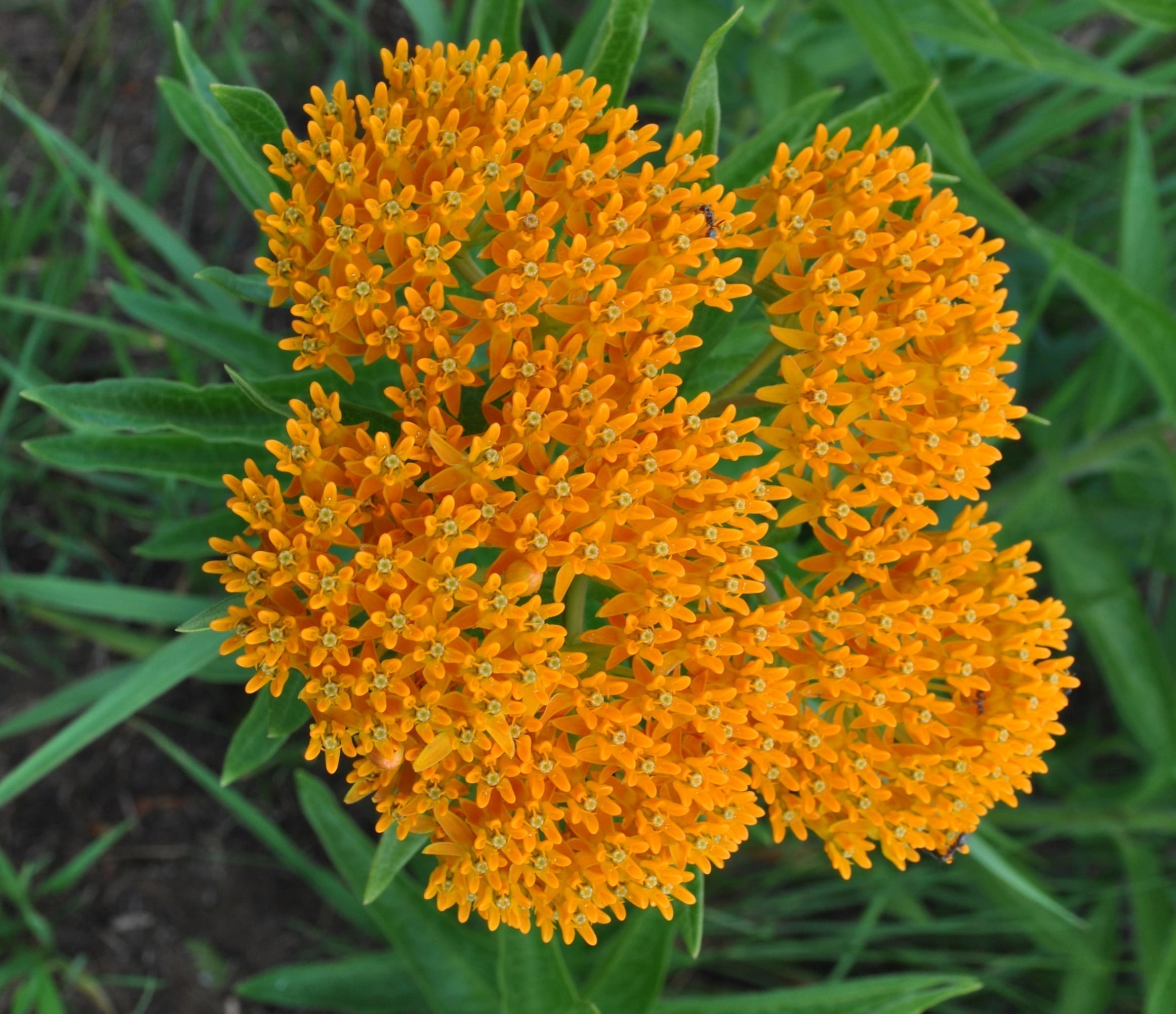 Because butterflies are attracted to this flower’s bright colors and ability to produce a ton of nectar, this flower is more commonly known as the butterfly weed. If you find this flower in your yard, be on the lookout for caterpillars because they often like to make this flower their home until they grow into a big, strong butterfly.
Because butterflies are attracted to this flower’s bright colors and ability to produce a ton of nectar, this flower is more commonly known as the butterfly weed. If you find this flower in your yard, be on the lookout for caterpillars because they often like to make this flower their home until they grow into a big, strong butterfly.
We hope you enjoyed learning a bit about the wildflowers native to our neck of the woods. If you share pictures of your scavenger hunt on social media, or wish to share pictures of your own garden, use the hashtag #StephensValleyHope so we can see all of the beautiful hope growing near you!
